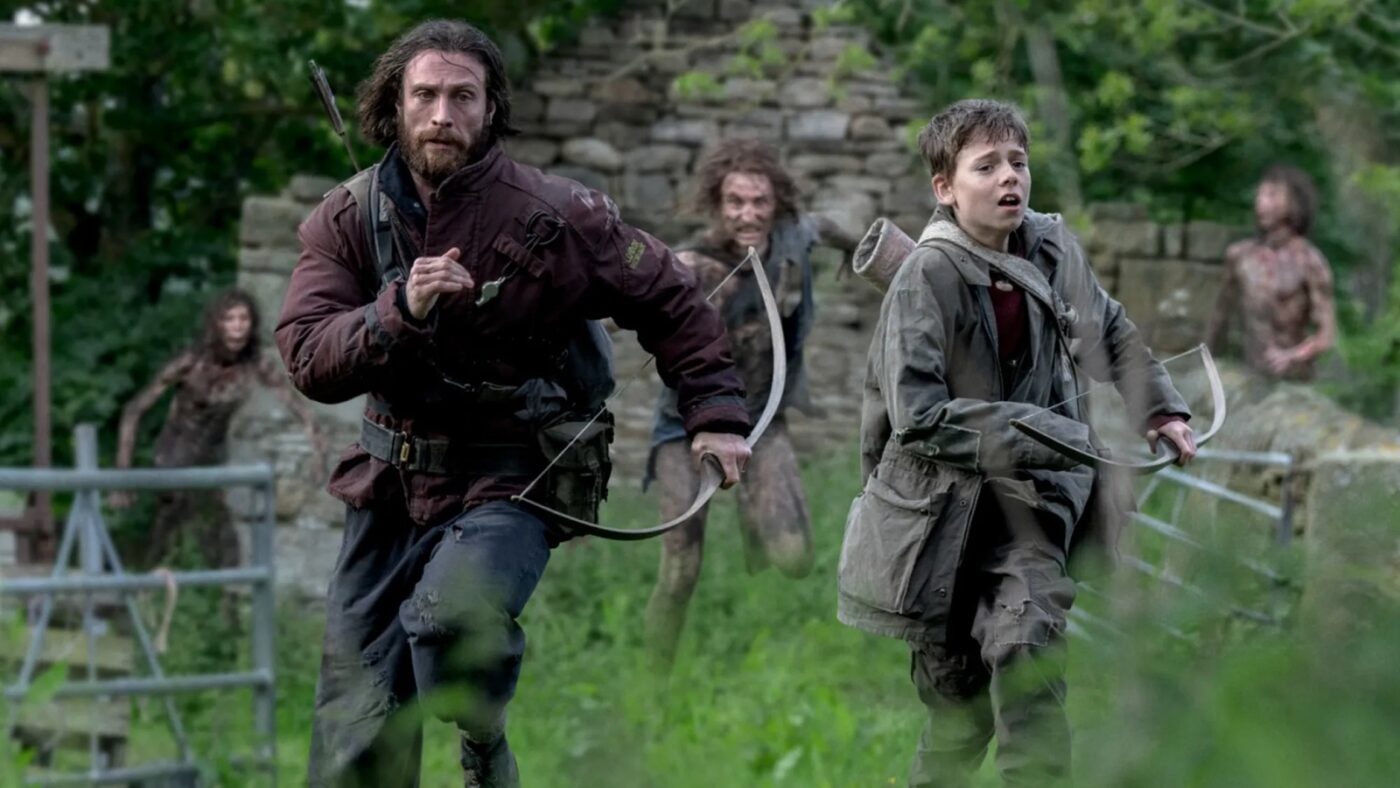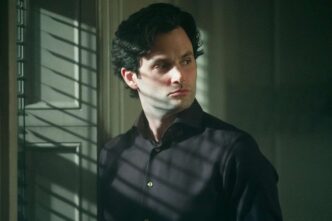For many fans of post-apocalyptic horror, the news of 28 Years Later feels like a welcome opportunity to revisit a world that reshaped the zombie genre. In 2002, Danny Boyle introduced an unsettling vision of a society undone by the “Rage virus.” Instead of showing slow, shuffling undead, 28 Days Later presented infected humans who sprinted with animalistic aggression. This twist brought renewed urgency to zombie narratives and influenced countless imitators. Now, more than twenty years after the original film first shocked audiences, Boyle has decided to return to the series that played a major role in defining his career. Although some worry about revisiting a familiar setting, the director’s track record for innovation suggests that his comeback could be exactly what this franchise needs.
When 28 Days Later (link) premiered, it was not an ordinary entry in the zombie category. Boyle infused his story with a documentary-like style that emphasized isolation and fear. The film’s central character, Jim, played by Cillian Murphy, awoke from a coma to discover that London was empty and overrun by violent beings driven by a mysterious virus. This virus did not revive the dead; rather, it unleashed pure rage in its victims, making them relentless and terrifying. Murphy’s subtle portrayal of a man caught in a new reality resonated with viewers who recognized that 28 Days Later was not just about infected monsters but also about the collapse of human structures.
A sequel, 28 Weeks Later (link), came out in 2007 and attempted to expand the scope of the world. While that film offered high-octane action and explored how other nations might handle an infection on British soil, it lacked the unvarnished tension that Boyle and writer Alex Garland had created. Boyle and Garland mostly stayed behind the scenes as executive producers, which meant the sequel, directed by Juan Carlos Fresnadillo, had a style of its own. Even though 28 Weeks Later entertained many viewers, it strayed from the intimate approach that defined the original. That makes Boyle’s return to direct 28 Years Later especially enticing. Garland will once again provide the script, so this chapter should restore the mix of dread, character focus, and social commentary fans came to love.
In the years since the original film’s release, the zombie genre has flourished. Television shows like The Walking Dead have become cultural phenomena, while movies such as World War Z embraced large-scale spectacles. Yet few projects have matched the raw impact of 28 Days Later, which paired harsh realism with a focus on personal survival.
The film highlighted how quickly the institutions of society might vanish if a crisis spun out of control. That sense of fragility still feels relevant. With 28 Years Later, Boyle can delve into how a world reshaped by infection might look after decades, rather than weeks or months. This expansion could add a rich layer of complexity to the narrative.
Reports hint that the new film will involve small pockets of survivors clinging to life in isolated areas, while the main population remains under strict quarantine or has been decimated by the virus. One storyline follows a young boy who is desperate to save his ailing mother. Their search for help leads them through an empty but hazardous landscape. Bringing Cillian Murphy back into the fold as Jim weaves the original story into this newer scenario, which raises several intriguing questions. How has Jim survived for so long, and does he still hold out hope for rebuilding a normal life? Has he become jaded, or does he carry a sense of responsibility for guiding others who are less experienced in fighting the infected?
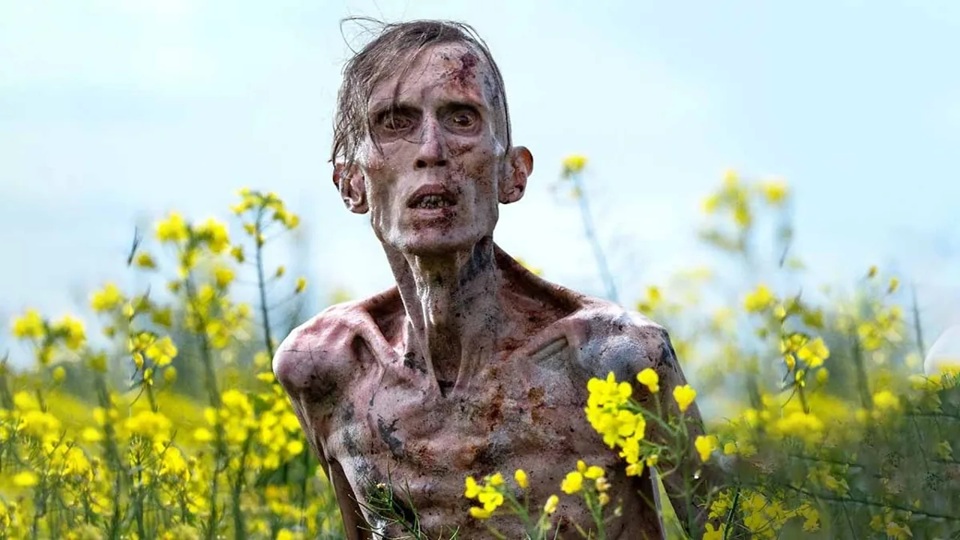
Boyle’s bold approach to filmmaking is evident in rumors that he used unconventional camera methods for certain scenes in 28 Years Later. Some sources say he attached cameras to farm animals or used modified smartphones with special lenses. Boyle has always found creative ways to capture an atmosphere of urgency. In 28 Days Later, he used digital cameras and actual locations in London at the crack of dawn to show the city as eerily deserted. Such techniques added authenticity to the terror. If he brings a similar inventive style to the new film, viewers can expect an experience that feels both modern and grounded.
A key reason 28 Years Later carries so much potential is the fresh chance to explore deeper thematic territory. The original movie landed in theaters during a period marked by fears of global unrest and bioterrorism. Its central idea—that civilization could crumble shockingly fast—hit home for audiences who felt the world was on the brink.
In the aftermath of real-life global pandemics, climate worries, and social upheaval, the idea of an out-of-control virus holds even more weight. The Rage virus can mirror society’s inability to handle its darker impulses, and it can also serve as a metaphor for the destructive patterns humans cannot seem to overcome. Because Boyle and Garland excel at blending character drama with social commentary, 28 Years Later may capture the current moment in a way that is both entertaining and deeply unsettling.
The new cast contributes to the film’s appeal. Cillian Murphy’s return as Jim suggests continuity, but the storyline also involves actors like Jodie Comer, Ralph Fiennes, Aaron Taylor-Johnson, and Jack O’Connell. Each brings a unique intensity to their roles. Comer, in particular, has proven her talent for portraying characters who must balance vulnerability with resourcefulness. Fiennes often brings gravitas to any role he tackles, and Taylor-Johnson has shown a flair for intense physical performances. There is a sense that these actors, guided by Boyle’s direction, will create a riveting ensemble. Murphy has described his own enthusiasm for returning to the franchise, saying it profoundly impacted his early career. Seeing how Jim fits into a world decades removed from the original outbreak provides an opportunity to expand the character’s journey in significant ways.
Reports also indicate that Boyle and Garland have bigger plans than just a single movie. 28 Years Later might be the first step in a new trilogy, with The Bone Temple already filmed. If true, this underscores a level of confidence in the story. It also recalls other successful reboots or continuations of long-dormant series, such as Mad Max and Fury Road, revived by George Miller.
In Miller’s case, he balanced familiarity with new material to produce a film that felt fresh and vital. Boyle has a similar ability to push the boundaries of established settings, all while retaining the elements that made the original so memorable. If he can replicate that magic here, the franchise may solidify its place among contemporary horror classics.
Still, returning to a franchise as influential as 28 Days Later comes with risks. Fans and critics alike will compare the new entry to a film that defined fast-moving infected as the new standard for on-screen zombies. There is also the concern that a sequel might rely on recycled tropes or lose the human element that gave the original its emotional core. Yet Boyle’s filmography suggests he handles pressure well, and his diverse range of projects reveals his knack for exploring new angles in familiar genres. Garland’s continued involvement further boosts confidence, as his writing often brings thoughtful, character-driven narratives that mesh well with horror and science fiction concepts.
A big part of the original’s impact was its stark portrayal of societal collapse. The infected were terrifying, but the movie’s real tension arose from the idea that people had lost their basic sense of security. Grocery store shelves were bare, city streets were empty, and every stranger might pose a threat.
Updating this premise for a setting 28 years after the outbreak means facing the question of how any culture might reorganize itself, or fail to do so, after so much time. Elements of trust, community, and survival would evolve in unusual ways, and the largest threats might come not only from the infected but also from power struggles among the living.
Viewers who enjoyed 28 Weeks Later might wonder if the new film will incorporate or reference that storyline. While 28 Weeks Later introduced the idea of foreign intervention and large-scale quarantine efforts, it lacked the creative team’s personal touch. The choice to bring Boyle and Garland back signals an emphasis on consistent vision. Perhaps 28 Years Later will answer how the original outbreak influenced global politics or delve into the moral compromises involved in containing the virus. Such exploration could bring the story full circle while giving it new purpose.
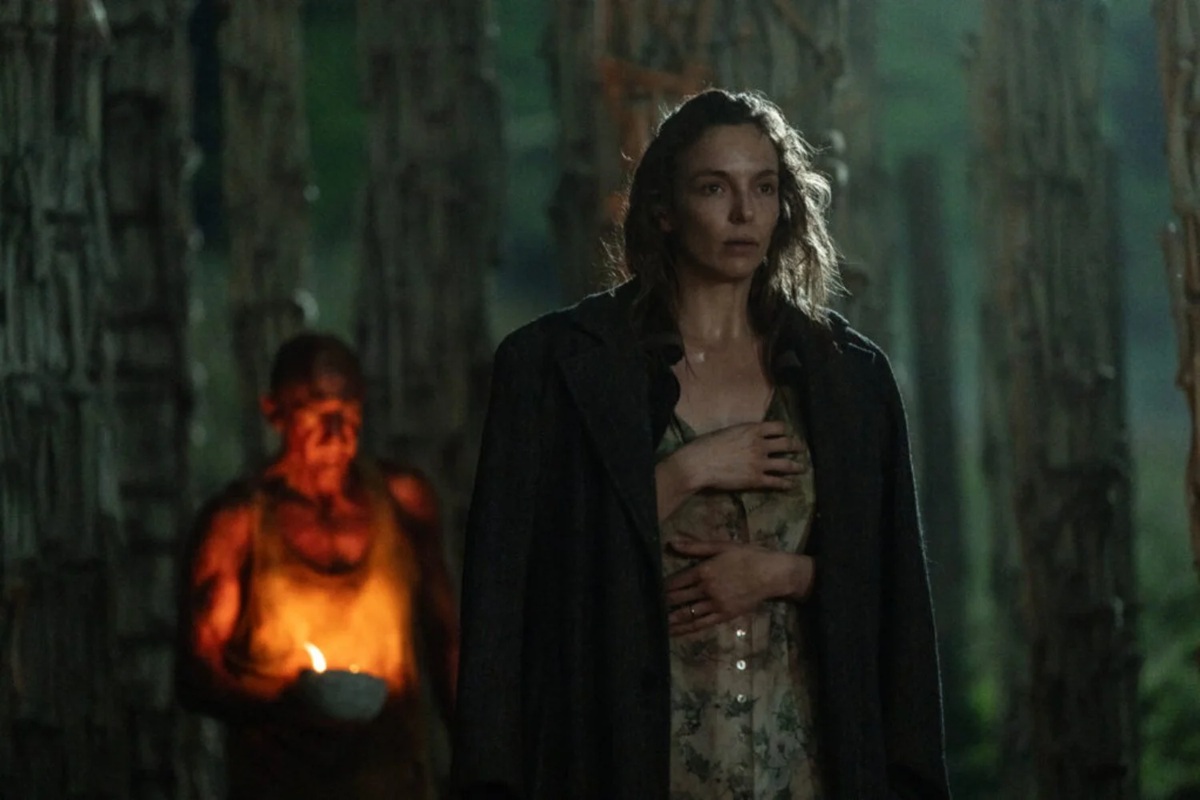
Beyond plot specifics, many anticipate the gritty look and feel that set 28 Days Later apart from other horror films of its era. Even though technology has advanced, maintaining a raw aesthetic could help keep the sequel aligned with the original’s tone. Boyle’s past work shows he can film bleak cityscapes or barren countrysides in a way that feels both cinematic and urgent. It also helps that a major studio is backing him with a large budget. This gives him resources to expand the scale while hopefully retaining the lived-in quality that made the first movie so convincing.
Murphy’s portrayal of Jim, a man forced to adapt to the world’s end, remains a high point in modern horror acting. Since then, Murphy’s career has included big projects and collaborations with notable directors. Yet he has consistently mentioned how 28 Days Later was one of his most formative roles. Coming back to a character who has survived unimaginable hardships might allow Murphy to depict a deeper sense of weariness or determination. If Jim has spent decades in a world ravaged by the Rage virus, his worldview could be complicated. He might have abandoned any hope of a true cure, or perhaps he still believes in the possibility of rebuilding. These emotional layers could provide some of the richest moments in the new film.
Adding star power like Jodie Comer and Ralph Fiennes hints that Boyle aims to deliver not just an adrenaline-fueled scare-fest, but also a story driven by top-tier acting. Comer can convey intelligence and emotional range, and Fiennes has a long history of injecting gravitas into any production. Aaron Taylor-Johnson and Jack O’Connell have also displayed their ability to manage intense roles. If the script allows all these performers the time and space to inhabit their characters fully, 28 Years Later might transcend the boundaries of a typical genre sequel, offering an exploration of humanity’s resilience under brutal conditions.
Because fans have been waiting so long, the pressure to succeed is enormous. Yet that extended gap might benefit the film. Audiences who grew up with 28 Days Later now bring a certain nostalgia to the experience, while younger viewers get a chance to discover the premise without being tied to the hype of the first release.
Post-apocalyptic tales remain popular, but many have become formulaic, recycling the same tropes without adding new insights. Boyle and Garland have the opportunity to defy those patterns by drawing on current societal anxieties and illustrating how the Rage virus continues to reflect the darker corners of the human psyche. With 28 Years Later, Danny Boyle and Garland can put a fresh coat of paint on the post-apocalyptic genre.
Despite the sense of looming dread, the original movie also had moments of levity and hope, such as when Jim and his companions found a brief respite in an empty grocery store. Those moments emphasized the human capacity for adaptation and kindness, even in dire circumstances. A sequel set decades later might show how that spark of hope either survived against all odds or was extinguished by relentless violence. Audiences who crave depth in horror films value these layers. They enjoy a blend of action, suspense, and a thought-provoking look at humanity’s best and worst traits. If 28 Years Later remains faithful to that balance, it could satisfy longtime fans while offering something fresh.
Finally, the potential for a new trilogy raises speculation about where the series might head. If 28 Years Later performs well, Boyle and Garland could flesh out an even broader world. This might involve exploring different continents or focusing on how various populations dealt with the outbreak. Perhaps a city-state in Europe managed to erect sturdy defenses and thrive behind massive walls, or a research team somewhere else discovered breakthroughs that have gone unnoticed due to the breakdown of communication. These possibilities create endless avenues for a narrative that goes beyond a single film. With the right blend of vision, tension, and character development, the 28 franchise could remain relevant for years to come.
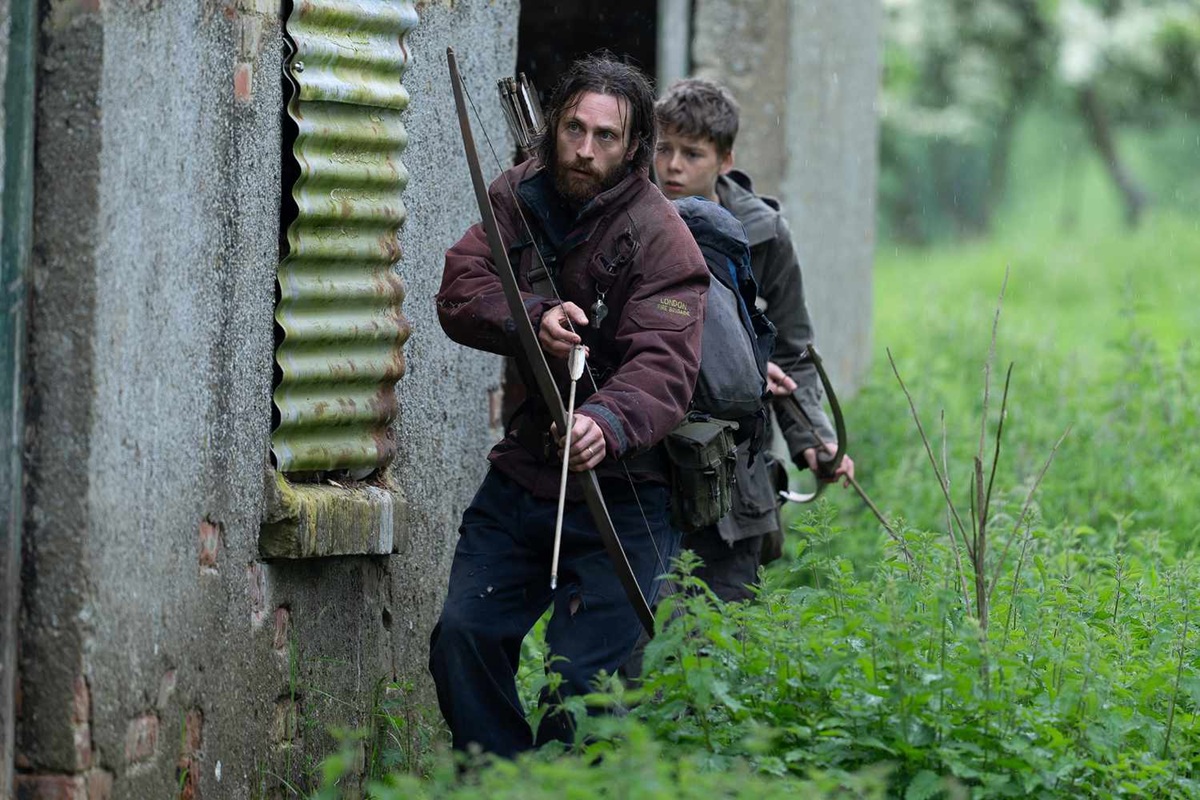
For many people, 28 Days Later was a defining horror experience. The stark cinematography, the terrifying speed of the infected, and the stripped-down approach to storytelling left a lasting impression. If 28 Years Later can capture that essence while delving into new ideas, it could reinvigorate the saga in a way that few sequels manage. Boyle’s adventurous spirit and Garland’s skillful writing make this reunion feel exciting rather than redundant. They proved with the first film that horror can be intellectually stimulating, visually captivating, and emotionally resonant. Now, with decades having passed in the story’s timeline and new creative resources at their disposal, they stand poised to deliver a film that challenges our understanding of survival and hope in a bleak world.
Whether Danny Boyle’s 28 Years Later marks the final chapter for these characters or sets the stage for further installments, it promises to revisit the virus that changed horror storytelling. As audiences brace themselves for another plunge into a hostile and uncertain landscape, they might discover that the scariest threats lurk not just in the infected, but also in the choices humans make when normal life disintegrates. That tension between external menace and internal conflict remains at the heart of the series. It’s what made 28 Days Later so compelling, and if Boyle and Garland can rekindle that spark, then the return to this franchise will be more than justified.

